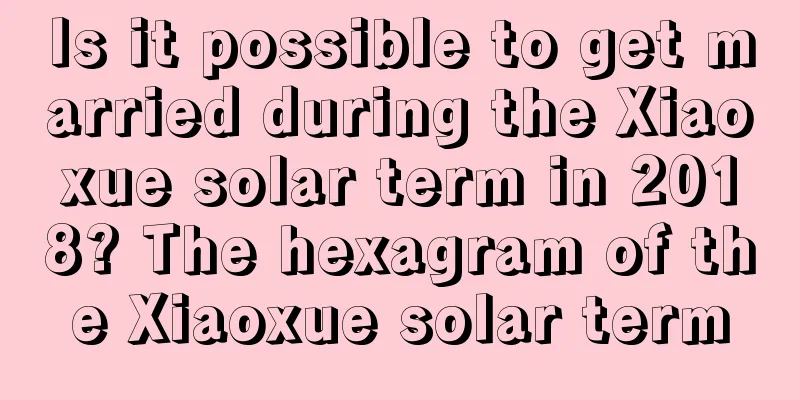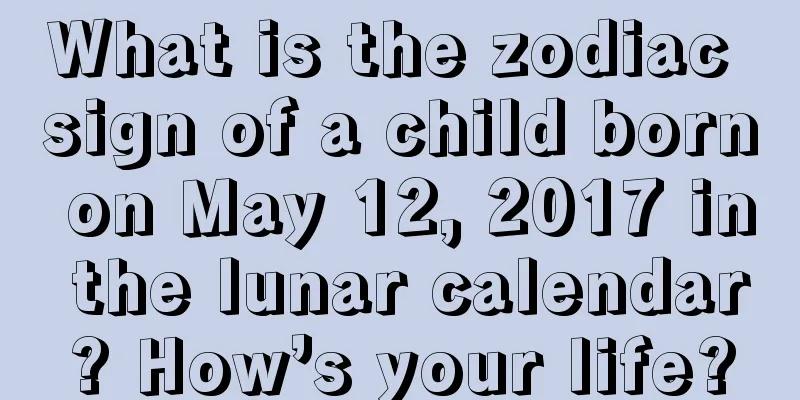Why do we eat mooncakes during the Mid-Autumn Festival? What is the saying about eating mooncakes during the Mid-Autumn Festival?

Introduction: Speaking of the Mid-Autumn Festival, everyone will probably think of moon cakes. Nowadays, there are many types of moon cakes to provide people with diverse choices. But why do we eat moon cakes during the Mid-Autumn Festival and what is the meaning? Follow the editor to find out. The Mid-Autumn Festival is a traditional festival and one of the festive days for family reunion. The Fortune Teller website has planned special content about the Mid-Autumn Festival for everyone. Let’s experience it together!Why do we eat mooncakes during the Mid-Autumn Festival? What is the saying about eating mooncakes during the Mid-Autumn Festival?Mooncakes, also known as Hu cakes, palace cakes, small cakes, Yuetuan, reunion cakes, etc., are offerings to the moon god during the Mid-Autumn Festival in ancient times. After being passed down, the custom of eating mooncakes during the Mid-Autumn Festival has been formed.Mooncakes have a long history in our country. According to historical records, as early as the Yin and Zhou dynasties, there was a kind of "Taishi Cake" with thin edges and thick center in the Jiangsu and Zhejiang areas to commemorate Taishi Wen Zhong. It is the "ancestor" of Chinese mooncakes. When Zhang Qian was on a diplomatic mission to the Western Regions in the Han Dynasty, he introduced sesame and walnut kernels, which added auxiliary materials to the making of moon cakes. At this time, round cakes with walnut kernels as fillings appeared, which were called "Hu Bing". According to legend, in the fourth year of Zhenguan reign of the Tang Dynasty, Emperor Taizong conquered the Turks and won the battle, capturing their leader alive. He returned to Beijing in triumph on August 15th. To celebrate the victory, the capital city Chang'an celebrated the victory all night long. At that time, a Tibetan businessman presented cakes to Emperor Taizong of Tang to celebrate his victory. Li Shimin took the gorgeous gift box, took out the Hu Bing, pointed to the bright moon in the sky and said with a smile: "We should offer the Hu Bing to the toad (i.e. the moon)". Then he distributed the Hu Bing to his ministers to eat. The Hu Bing was later called the moon cake. What are the categories of mooncakes?Currently, mooncakes are divided into two categories based on the new mooncakes that are a combination of Chinese native mooncakes and Chinese and Western food culture: traditional mooncakes and non-traditional mooncakes.Traditional MooncakesTraditional mooncakes are mooncakes in the traditional sense of China. There are four main categories based on origin, sales volume and characteristics:Cantonese-style mooncakes, Beijing-style mooncakes, Suzhou-style mooncakes and Chaozhou-style mooncakes. Cantonese mooncakes: thin skin, soft, sweet, and full of fillings. Su-style mooncakes: crispy, fragrant, with layers of crispy filling, rich in oil but not greasy, and just the right amount of sweet and salty. Beijing-style mooncakes: exquisite appearance, thin and soft skin, distinct layers and tempting flavor. Chaozhou-style mooncakes: crispy skin and fine fillings, not greasy, not sweet but not greasy, and soft texture. Non-traditional mooncakesNon-traditional mooncakes are a new category of mooncakes, different from traditional mooncakes. Compared with traditional mooncakes, non-traditional mooncakes have lower fat and sugar content, and focus on the nutrition of mooncake ingredients and the innovation of mooncake making technology.French mooncake: a non-traditional mooncake that combines Chinese mooncake culture with French pastry craftsmanship. It comes in a variety of flavors including cheese, chocolate hazelnut, strawberry, blueberry, cranberry, cherry, etc. It has a mellow and delicious taste, soft and delicate, and tastes similar to French pastries such as petits fours. Snow skin mooncake: The characteristic is that the skin does not need to be baked and can be eaten after being frozen. The main color is transparent milky white, but there are also colors such as purple, green, red, and yellow. The flavors are different and the appearance is very harmonious and interesting. Ice cream mooncakes: Made entirely of ice cream, but in a mooncake mold. August 15th is the Mid-Autumn Festival but the heat has not completely gone away. It is delicious and refreshing, and is also a popular choice for many consumers. Fruit and vegetable mooncakes: The characteristic is that the fillings are mainly fruits and vegetables, the fillings are smooth and soft, and the flavors are different. The fillings include cantaloupe, pineapple, lychee, strawberry, winter melon, taro, black plum, orange, etc., and are served with juice or jam, so it has a more refreshing and sweet flavor. Seafood mooncakes: These are relatively expensive mooncakes, containing abalone, shark fin, seaweed, stingray, etc. They have a slightly salty and fresh taste and are famous for their sweet fragrance. Summary: Through the above article, we know the meaning and origin of eating mooncakes during the Mid-Autumn Festival and the analysis of the types of mooncakes. I hope that everyone can have a better understanding of mooncakes! |
Recommend
How to decorate the kitchen to get rid of bad luck
The kitchen is where we cook three meals a day. Fo...
What is the personality of people born on the Lantern Festival? What is their zodiac sign?
Introduction: The fifteenth day of the first lunar...
Is the ninth day of the first lunar month in 2018 the birthday of the God of Heaven? How should we worship him?
China is a relatively traditional country. Many of...
Is it auspicious to get engaged the day before the Lesser Heat in 2020? Blessings for the Lesser Heat solar term!
Introduction: Engagement usually requires an auspi...
Is the third day of the twelfth lunar month in 2020 a good day? What does the almanac contain?
When the twelfth lunar month comes, the winterswe...
Is the third day of the sixth lunar month in 2017 a good day to burn incense and pray?
Introduction: Our country is a traditional country...
What does Spring Festival mean? What are the traditional customs of Spring Festival?
Introduction: Although Spring Festival is relative...
Is October 22nd of the lunar calendar 2020 a good day to move house?
The tenth month of the lunar calendar is the Pig ...
What about the third day of the twelfth lunar month in 2017? Can we sign the contract?
Introduction: Signing a contract is very important...
What day is July 22nd in the lunar calendar 2019? What are the signs of the day?
July is the beginning of the second half of the y...
Is October 22, 2020, an auspicious day in the lunar calendar? Is the day good?
The quality of days is different every day, so let...
Is the fourth day of the third lunar month in 2021 an auspicious day for ancestor worship? What should we pay attention to when paying homage to our ancestors and visiting their graves?
The third month of the lunar calendar is tradition...
Do people born in Grain in Ear in 2020 have good fortune? Will people born in Grain in Ear be rich and powerful?
Introduction: Children born on different days have...
Is it okay to register for marriage and get a marriage certificate on the day of Lesser Heat in 2020? Recommended auspicious time
People attach great importance to choosing a good ...
Is it good to burn incense and pray for blessings on the fourth day of the eighth lunar month in 2020? Check the hexagram on September 20
Introduction: Generally, you need to choose an aus...









